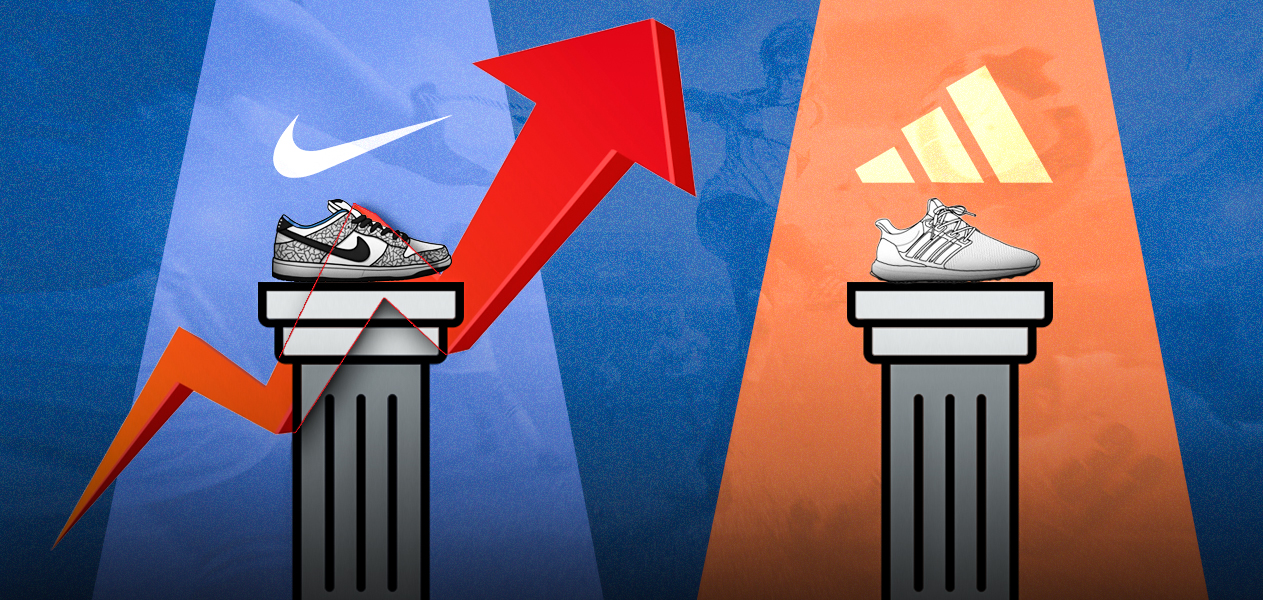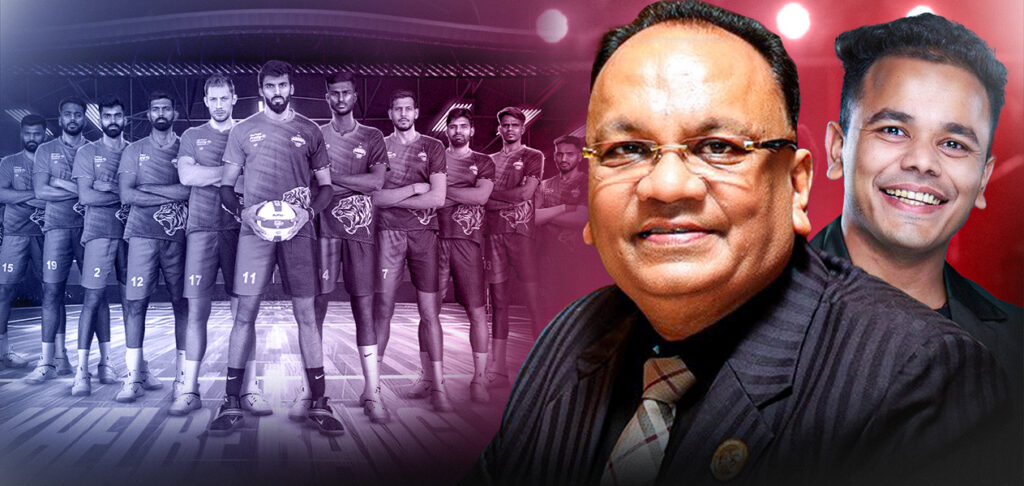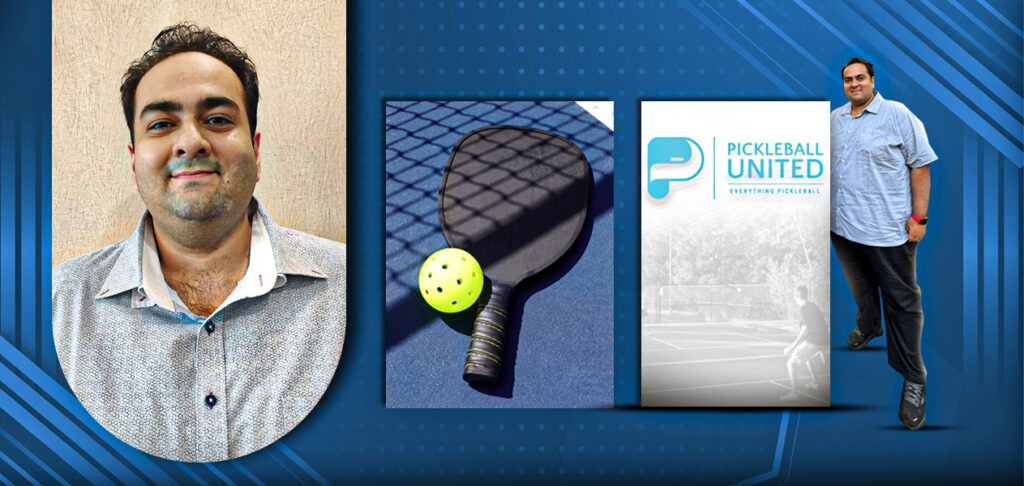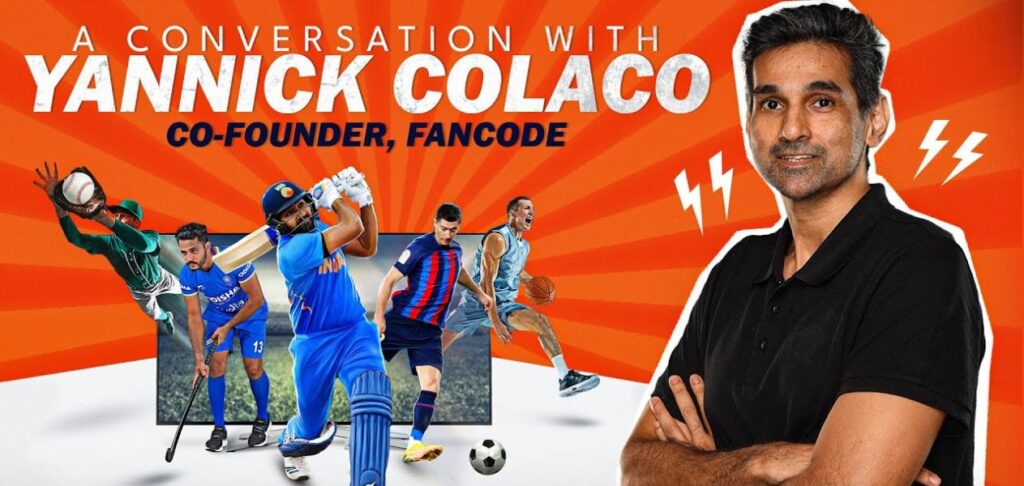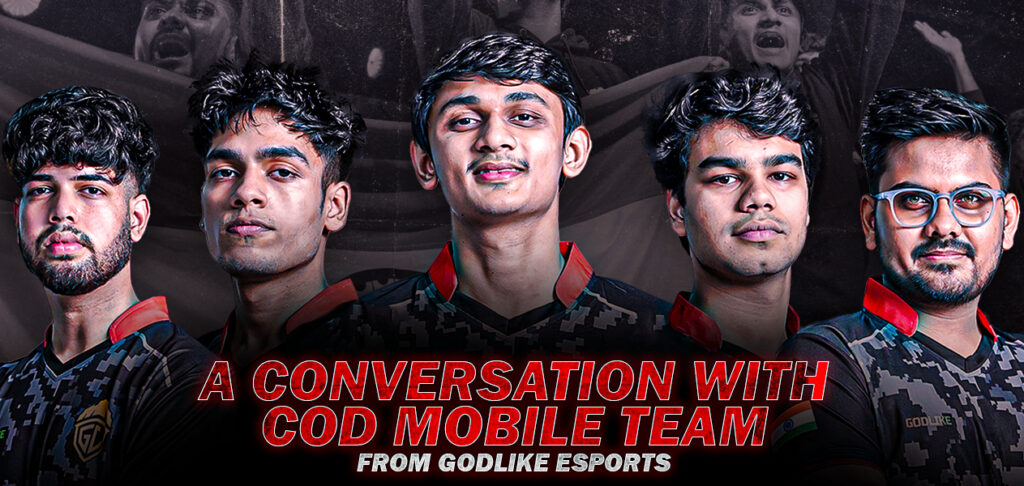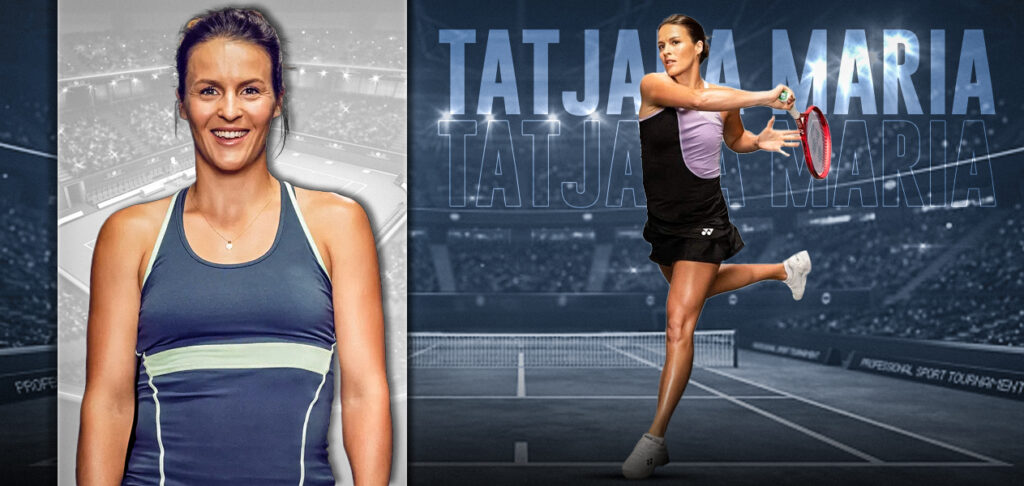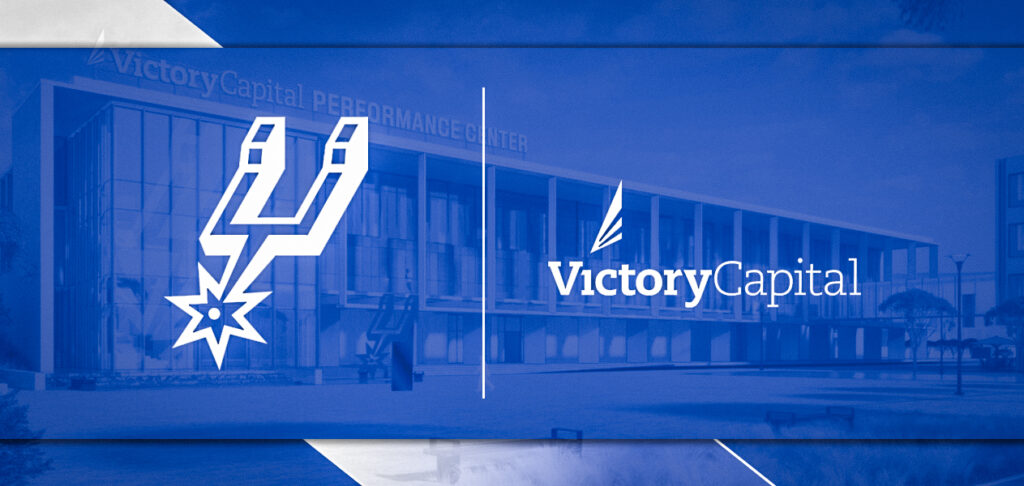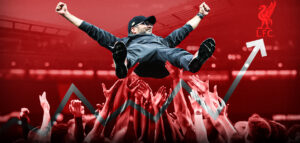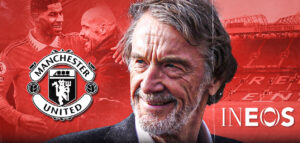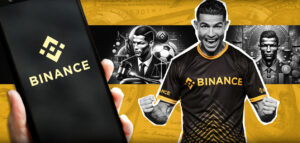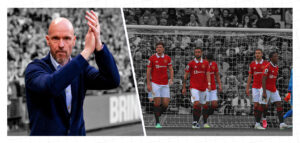Rivalries are not a rarity in sports. From Leo Messi and Cristiano Ronaldo to Novak Djokovic and Rafael Nadal, the iconic ones add a tinge of grandeur to sports, making them seem like larger-than-life acts. They help a sport cross geographical boundaries and grow economically as it begins to capture masses instead of individuals.
Over the last many decades, the sporting industry’s economic growth has led to the emergence of a brand rivalry that involves Nike and Adidas, as the two constantly go head-to-head for the bragging rights for control over sporting goods in the world.
Their lack of common origin was perhaps the spark. While Adidas took humble beginnings in Germany, when Adi and Rudi Dassler started Gebrüder Dassler Schuhfabrik (Dassler Brothers Shoe Factory) in 1924, Nike’s beginnings were much more pronounced. Phil Knight, a graduate student at Stanford, brought Japan-made shoes into the American market and sold them to become a very early competitor for Adidas and Puma. When Adidas were catering to the sportsmen and focusing on making athletic shoes, Nike soon found a niche and tapped into the market for running.
A lot of times, things came down to how Nike latched onto opportunities Adidas never opened up to. Knight embraced the idea of greater cushioning in shoes, and when Michael Jordan was desperate to join Adidas, who could not have another athlete on board, Nike swooped in. This proved key in the battle, as Nike’s finances took a massive jump. They had initially projected a growth of US$3 million in the first year, but it stood at a whopping US$126 million when the first year ended.
Adidas, later, worked with Kobe Bryant for several years and had five sneakers for the NBA Hall of Famer. While the first three were a massive hit, the last two (The Kobe and The Kobe Two) proved to be a failure, leading to Bryant buying out the last few years of his contract with Adidas. Disastrously for Adidas, Bryant went on to have a successful stint with Nike, and one of the best spells of his career with the LA Lakers came when he was tied up with Knight’s brand. Adidas’ creation of The Kobe and The Kobe Two, it can be said, have gone on to become a vital watershed moment in this rivalry.
That’s not to say that Adidas were left reeling, as they secured a massive 11-year merchandising partnership with the NBA in 2006 and later managed to secure an extension of their partnership with the ever-growing Major League Soccer in 2010.
Over the years, football has become a vital bone of contention for the brands, which has coincided with the game’s increasing global reach and permeation into the daily lives of the people. As early as 2006, Nike and Adidas found themselves at the centre of the Messi vs Ronaldo duopoly, but back then, Nike had both the superstars; the American giants had spotted both the players well before they earned fame at Barcelona and Manchester United, respectively.
Right before the 2006 FIFA World Cup, Messi ditched Nike for reasons that are still mired in different thought processes. Some say that the Argentine’s father believed that they weren’t treating his son right, while others suggest that Adidas simply pried him away. On the Ronaldo front, the connections were obvious for Nike. They had begun working with United in the early 2000s and had close ties with the Portugal national team, so it was natural that Ronaldo would go on to be part of their stable.
The Wall Street Journal has stated in the past that Adidas had offered Messi US$1 million a year after his father, Jorge, had asked for a new type of gear, but Nike had refused, leading to relations souring. Nike managed to keep the more marketable Ronaldo, whereas Adidas caught hold of the shyer, Coca-Cola-loving Messi. That remains the case in 2023, with the two presenting different views of the game and on board with the two different global brands. This, like the Jordan and Bryant sponsorship battles of the old, has become a decisive and defining point of the rivalry.
More teams donned Nike than Adidas during the 2022 FIFA World Cup. With the Air Jordans, Nike added a new and vital part to their armoury, as the product isn’t just great and adds a nostalgia element to branding; it re-associates Nike’s age-old connection with Jordan. A marketing marvel in itself, the move has helped Nike establish themselves as the top brand in the sporting industry. While Adidas’ value stands at US$29.70 billion, Nike’s market cap is at US$199.78 billion (via Companies Market Cap).
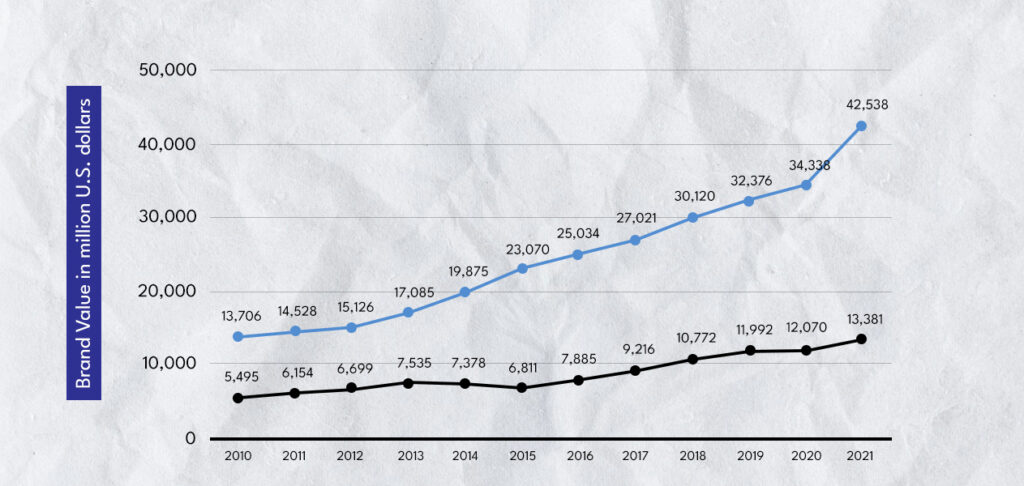
Nike’s products are generally more expensive and cater to a larger audience, with Adidas dominating 15 percent of the sporting footwear market. Nike dominate 25 percent of it, showcasing superiority over their rival in a rather stark way. Adidas have, for some time, had a more lifestyle-ish look to themselves, whereas Nike’s approach has been more gritty and sports-first, which is perhaps an indication of how niche-driven the latter have been.
And if anything, it is perhaps a lesson in how important creating a niche and working towards dominating said niche is one of the most effective ways of standing out.

